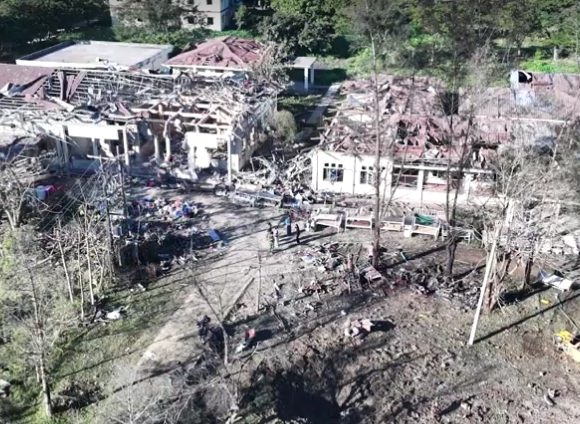
Private Sector Challenges HAL as India Opens AMCA Production to Competition
In a transformative step for India’s defence manufacturing sector, the government has officially opened the production of the Advanced Medium Combat Aircraft (AMCA) to competitive bidding. This move ends Hindustan Aeronautics Limited’s (HAL) long-standing monopoly over fighter aircraft production and paves the way for private sector giants like Larsen & Toubro (L&T) and Tata Advanced Systems Limited (TASL) to participate in the country’s most ambitious indigenous fifth-generation fighter project.
Opening AMCA to Private Firms
The Aeronautical Development Agency (ADA), which is overseeing the AMCA project, is set to issue an Expression of Interest (EoI) inviting bids from HAL, L&T, TASL, and other qualified private players. The contract will include both prototype development and future serial production, scheduled to begin by 2035. This landmark shift reflects the government’s broader strategy to involve private players in major defence programs under the ‘Make in India’ and ‘Atmanirbhar Bharat’ initiatives.
HAL’s Competitive Edge and Constraints
HAL, the traditional leader in India’s fighter aircraft manufacturing, still holds a strong position due to its experience with licensed production of over 200 Su-30 MKI fighters and ongoing work on the Tejas Mk‑1A. However, its delays in delivering the Tejas Mk‑1A aircraft and reported production bottlenecks have raised concerns within the Indian Air Force, prompting the government to consider competitive alternatives to meet future combat aircraft requirements.
L&T and TASL Step In
L&T has already made significant contributions to India’s defence and aerospace sector and is now eyeing full-scale aircraft production. Its proven capabilities in systems engineering and manufacturing make it a strong contender. Similarly, TASL has built an impressive portfolio through its joint ventures in producing components for global defence majors, including airframes for Boeing and Airbus platforms. Both companies are expected to submit strong bids and may also explore joint ventures to strengthen their execution models.
Strategic Importance and Timeline
The AMCA is envisioned as India’s stealth-capable, multirole fifth-generation fighter jet. The first prototype is expected between 2028 and 2029, with serial production aimed for 2035. Designed to bridge the technological and operational gap with global stealth platforms, the AMCA will be a critical element in the Indian Air Force’s future combat fleet. By opening the production to private players, the government hopes to accelerate timelines, improve quality control, and foster healthy competition.
Implications for Defence Ecosystem
This strategic decision could redefine India’s defence manufacturing architecture. Not only does it aim to reduce reliance on public sector entities, but it also seeks to bring in the efficiencies and innovation that private enterprises can offer. Experts note, however, that the success of this model will depend on the ease of technology transfer, clarity in workshare distribution, and the financial and logistical preparedness of private contenders to handle such a complex project.
As India transitions toward building a more self-reliant defence industrial base, the AMCA project stands as a litmus test for public-private collaboration in strategic sectors. The bidding process ahead will shape the future of indigenous air power and determine how quickly India can realise its ambition of deploying a world-class stealth fighter designed and built at home.


















